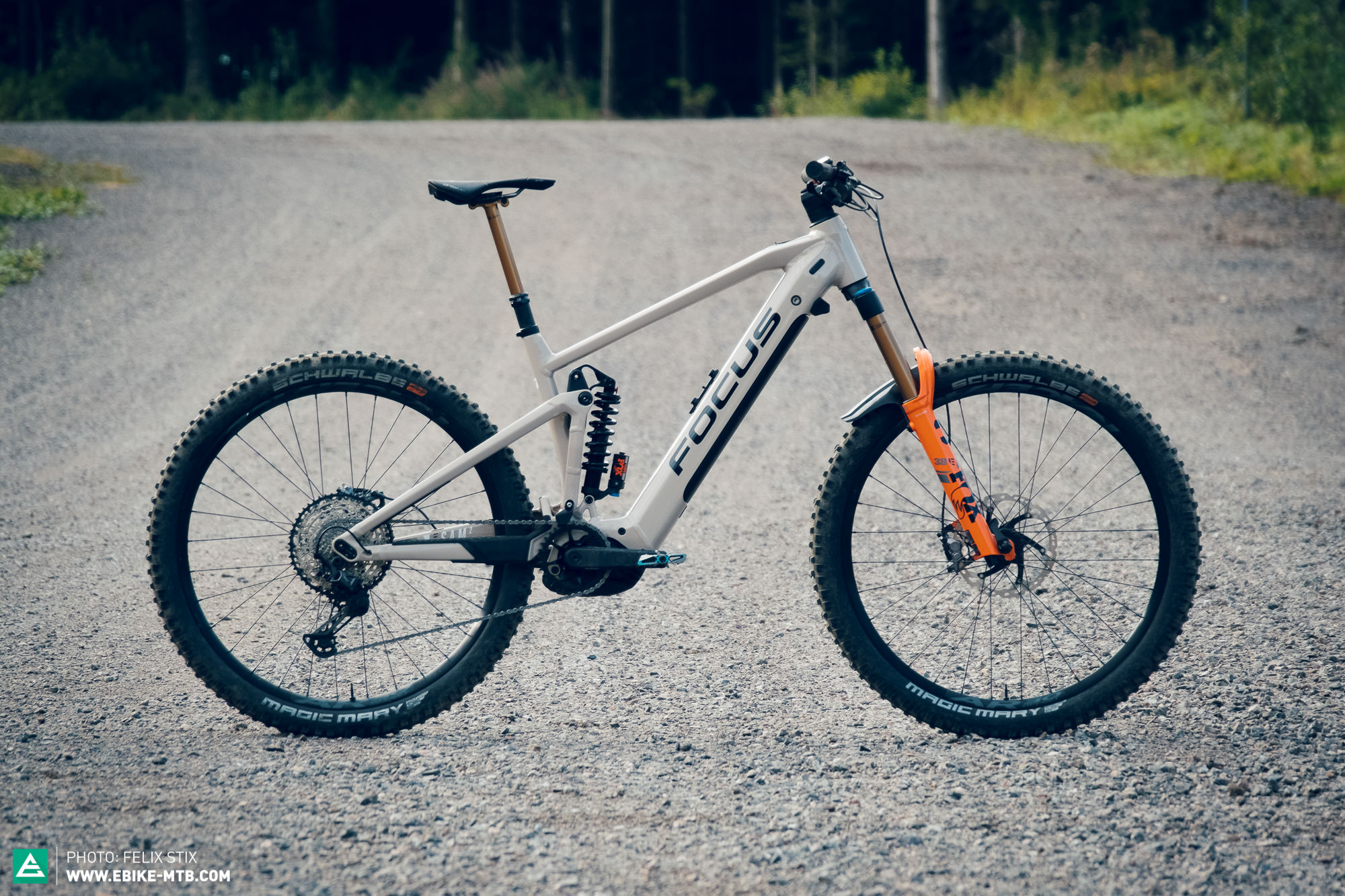What is the tsw of a sam2 6.9 290 XL ?
I can't find any info on their website and have no idea if I'm too heavy at 100kg.
I don't even fully understand what it is lol but read something somewhere and now looking into it but can't find the maximum weight for these bikes
I can't find any info on their website and have no idea if I'm too heavy at 100kg.
I don't even fully understand what it is lol but read something somewhere and now looking into it but can't find the maximum weight for these bikes

